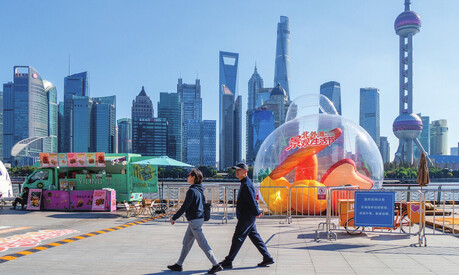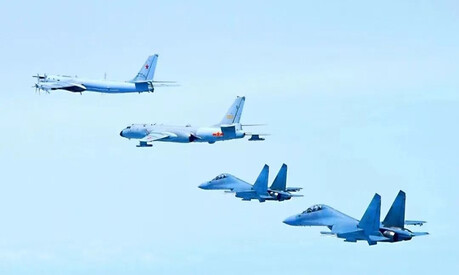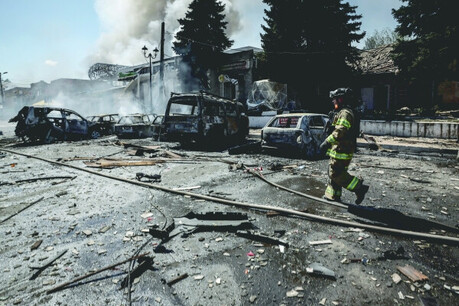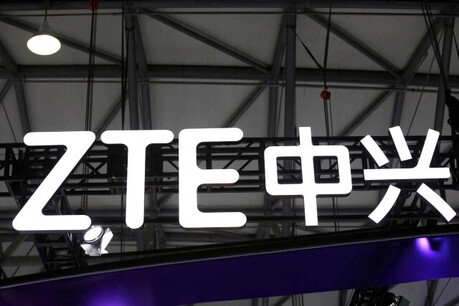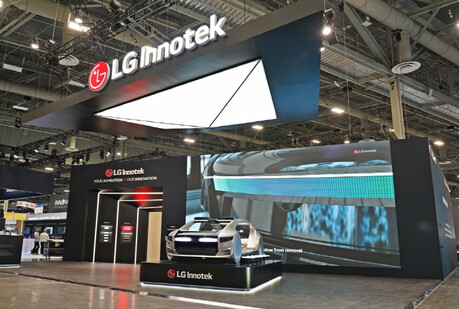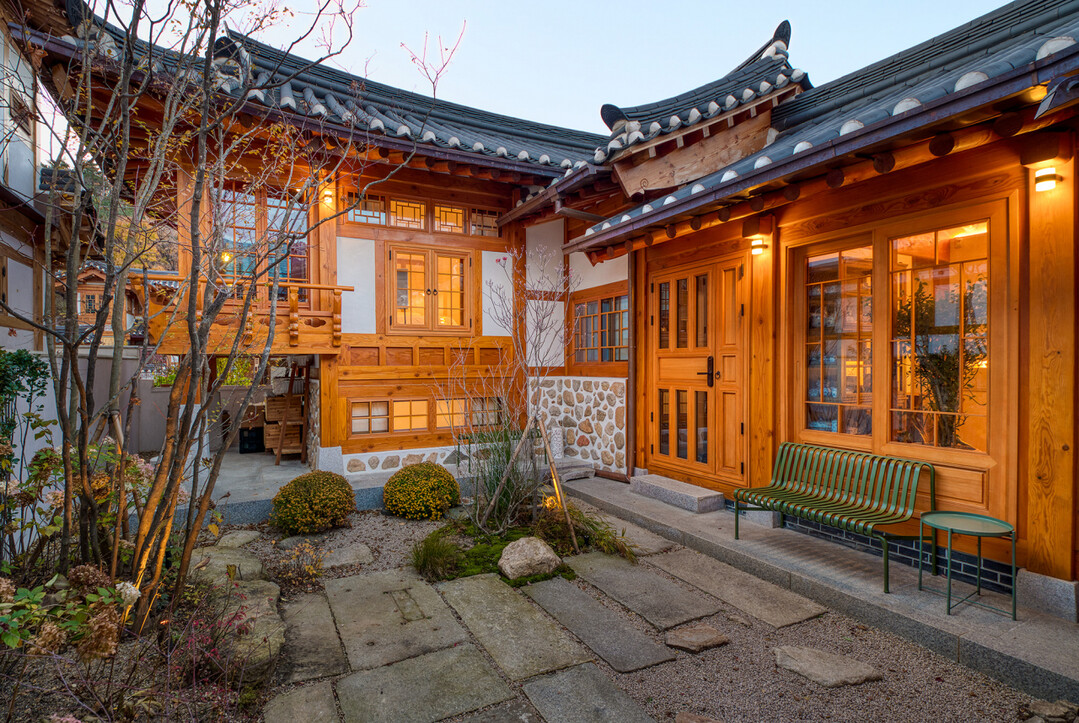
Hanok, the traditional Korean house, offers a unique blend of aesthetics, functionality, and harmony with the natural environment. These structures have been shaped by Korea's unique climate, geography, and cultural values, and continue to captivate people worldwide with their timeless beauty and sustainable design principles.
Key Features of Hanok
Natural Materials: Hanok are primarily constructed using natural materials such as wood, paper, and stone. These materials provide excellent insulation and create a healthy indoor environment.
Underfloor Heating (Ondol): A distinctive feature of hanok, ondol is a traditional floor heating system that uses heated stones to warm the entire room from below.
Open Layout: Hanok often feature an open floor plan that allows for a seamless flow of space and a connection to the outdoors.
Courtyard: Many hanok have a central courtyard that serves as a source of light and ventilation and acts as a focal point of the home.
Roof Structure: Hanok roofs are typically steeply pitched and covered with traditional Korean roof tiles. This design helps to shed rain and snow effectively.
Philosophy Behind Hanok
The design of hanok reflects Confucian principles of harmony and balance between humans and nature. The emphasis on natural materials, open spaces, and a connection to the outdoors creates a serene and peaceful living environment. Hanok were also designed to be adaptable to the changing seasons and to provide comfort in both hot and cold weather.
Hanok in Modern Korea
While traditional hanok have become less common in modern Korean cities, there is a growing interest in preserving and revitalizing this architectural heritage. Many hanok have been restored and repurposed as guesthouses, teahouses, and cultural centers. Additionally, contemporary architects are drawing inspiration from hanok design to create modern buildings that are both aesthetically pleasing and environmentally friendly.
Hanok Tourism
Hanok villages and cultural centers have become popular tourist destinations, offering visitors a unique opportunity to experience Korean culture and history. Many of these villages provide opportunities for visitors to stay overnight in a traditional hanok, giving them a firsthand experience of this unique architectural style.
Conclusion
Hanok represent a significant aspect of Korean cultural heritage. Their timeless beauty, sustainable design principles, and deep connection to the natural environment continue to inspire people around the world. As Korea modernizes, the preservation and revitalization of hanok ensures that this important part of Korean culture will be passed on to future generations.
[Copyright (c) Global Economic Times. All Rights Reserved.]
















